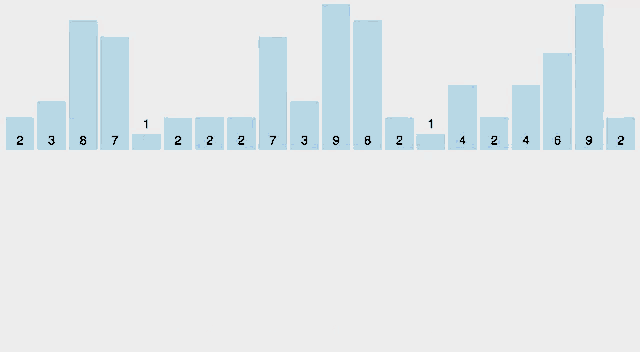CountingSort Case

Time complexity : O(N + K)
Counting sort makes assumptions about the data.
For example, it assumes that values are going to be in the range of 0 to 10 or 10 – 99.
Also, Some other assumption counting sort makes is input data will be all real numbers.
Where N is the number of elements in the input array and K is the range of input.
#include <stdio.h>
#include <string.h>
#define RANGE 255
void countSort(char arr[])
{
char output[strlen(arr)];
int count[RANGE + 1], i;
memset(count, 0, sizeof(count));
for (i = 0; arr[i]; ++i)
++count[arr[i]];
for (i = 1; i <= RANGE; ++i)
count[i] += count[i - 1];
for (i = 0; arr[i]; ++i) {
output[count[arr[i]] - 1] = arr[i];
--count[arr[i]];
}
for (i = 0; arr[i]; ++i)
arr[i] = output[i];
}
int main()
{
char arr[] = "geeksforgeeks";
countSort(arr);
printf("Sorted character array is %s", arr);
return 0;
}
